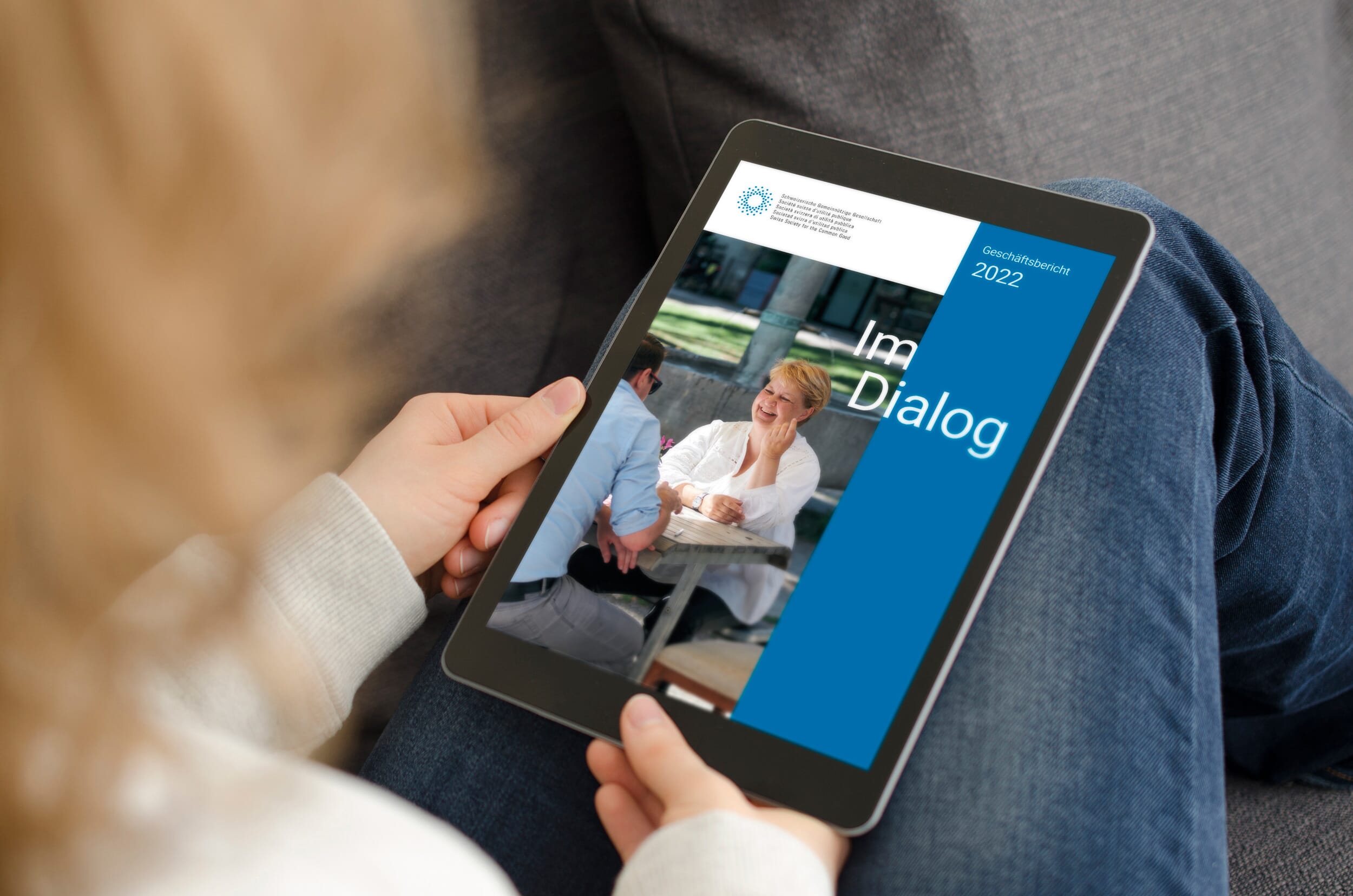12. October 2021
Analyses of the Volunteer Monitor: Who does how much, when and where?
The Swiss Volunteer Survey 2020, initiated by the SSCG, published the latest figures on unpaid work in Switzerland a year ago. Since then, the scientific directors of the Survey, Markus Lamprecht and Adrian Fischer, have produced numerous additional analyses so that governmental, economic and civil society organizations can make targeted use of the Survey data.
Numerous factsheets and additional analyses in German and French provide detailed information on 2-4 pages each about the numerical development of volunteering with regard to gender, age, language region, settlement type, nationality, household income, workload, compensation and motives. All factsheets can be downloaded free of charge from the Volunteer Survey website: Swiss Volunteering Survey (you must switch to the French or German page to see the factsheets)
12 Factsheets exist for the following areas of volunteering:
– Community, local or neighborhood associations
– Interest groups
– Youth organizations
– Church organizations
– Cultural sector
– Public service
– Political or public committees/offices
– Social, charitable organizations
– Play, hobby or leisure clubs
– Sports clubs
– Environmental or animal welfare organizations
– Summary of volunteer sectors
6 additional fact sheets examine the influence of various socio-demographic factors on volunteering:
– Language regions
– Gender
– Age group 15 to 29
– Foreign population
– Correlation of gainful employment and volunteering
– Volunteers with multiple commitments
Migros Kulturprozent, co-sponsor of the Swiss Volunteer Survey, commissioned two additional analyses. These can also be found in the list of factsheets:
– Voluntary work in elected offices (voluntary work in associations and organizations)
– Caring for relatives outside of one’s own household (care work).
And the Beisheim Foundation, also a co-sponsor of the Swiss Volunteer Survey, has had an in-depth analysis done of the volunteer involvement of people in the second half of life.



